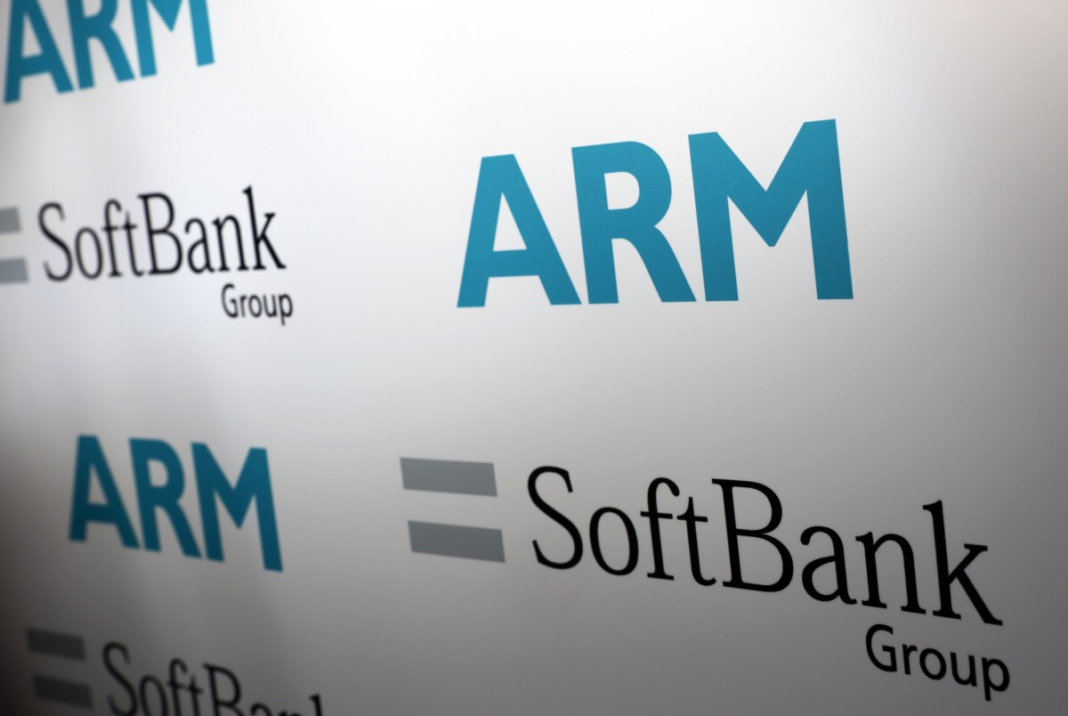Arm this morning submitted an update to its SEC IPO filing proposing a $47 to $51 share pricing. The high end would put the British chip maker’s valuation north of $52 billion. The firm has seen a banner few years, as the world’s largest hardware makers have adopted its architecture. Arm currently counts Apple, Google and Samsung among its clients, along with leading component manufactures Nvidia and AMD.
Arm has also been well-positioned to ride the currently AI buzz with its technology appearing in nearly every smartphone on the market. Designing the architecture for the silicon that will drive the next generation of mobile and desktop artificial advances is an exciting prospect for Wall Street, and one that’s gone a long way toward keeping chipmakers like Nvidia white hot.
Arm is looking to IPO — in part — for the cash influx. The top pricing would bring in a $4.87 billion windfall that would presumedly go a long way toward funding future research and development.
The listing is driven by SoftBank, which purchased the company back in 2016 for $32 billion. That acquisition took the company private, after 18 years of being jointly listed on Nasdaq and the London Stock Exchange. Following this move, however, less than 10% of Arm’s shares will actually be traded in the NYSE, with the remaining 90.6% belonging to SoftBank. The company is seeking the “ARM” symbol for the listing.
Arm got a big boost in 2022, as revenue jumped by one-third over the previous year. Things have since slowed a bit, however, due in large part to factors like ongoing supply chain constraints and economic headwinds. Such slowdowns are often seen as red flags on Wall Street. The current peak valuation of $52 billion is actually a good deal less expensive than initial projections that put the figure closer to $70 billion. The initial IPO filing in April put the figure at around $64 billion.
The most recent annual revenue, posted in March, came in at $2.68 billion. The 1% drop caused many to rethink the wisdom of such potentially inflated valuation — it’s going to take a while to fully recoup that investment. Even so, the $47 to $51 pricing range would still be a healthy increase from the $32 billion acquisition.




